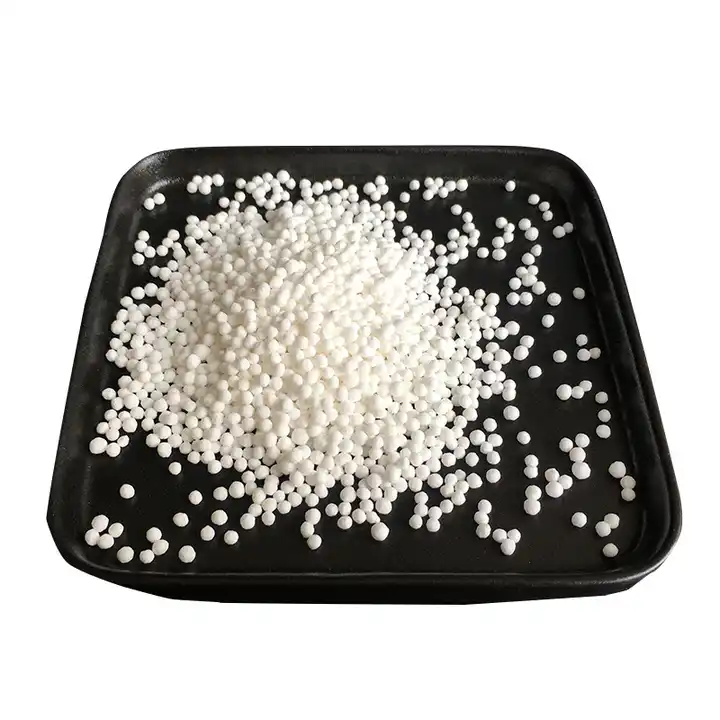Adding bleach to your swimming pool is an important measure to ensure clean and safe water. Using bleach in the swimming pool can not only remove harmful organisms in the water but also keep the water quality transparent and meet hygienic requirements. This article provides a detailed explanation of the effects of bleach in swimming pool water and its impact on water quality.
Learn more about bleaching powder
Bleaching powder is a chemical substance mixed with calcium hydroxide, calcium chloride, and calcium hypochlorite. The main component is calcium hypochlorite (Ca(ClO)₂), and its effective chlorine content is between 30% and 38%. This powdery or granular bleaching powder is generally white or off-white and has a distinct chlorine smell. However, it is not very stable, easily decomposes under the action of light, heat, water, and alcohol, and has strong hygroscopicity.

As the main active ingredient of bleaching powder, hypochlorite has a strong oxidizing ability and can effectively kill germs. Therefore, in swimming pools and other places, when disinfecting water, a significant amount of bleach is used. By adding an appropriate amount of bleaching powder, harmful microorganisms in the water can be quickly and economically eliminated, ensuring that the water quality of the swimming pool meets sanitary standards. It should be noted that when using bleaching powder, you should ensure that the concentration and usage method comply with regulations to avoid adverse effects on the environment and the human body. As an economical and effective disinfectant, bleaching powder plays an important role in maintaining water hygiene.
Normal dosage of bleaching powder in swimming pools
In swimming pools, the amount of bleach used is generally 20-30 g/1000 cubic meters, and there is a very clear reason for this.
Firstly, the dosage range must be scientifically considered to fully ensure the bactericidal effect of bleaching powder and prevent possible negative effects caused by excessive addition. An appropriate amount of bleaching powder can effectively kill bacteria and microorganisms in the water, making the water more hygienic and cleaner.
Secondly, the amount of bleaching powder used is also related to the volume of the pool. Per 1,000 cubic meters is a relatively standard measurement method, and the appropriate bleach dosage will be determined based on the size and depth of the pool. This ensures that water is evenly distributed throughout the pool, resulting in complete sterilization.
Finally, the choice of dose is also part of economics. A usage of 20-30 kg is enough to keep water hygienic and can be used more economically. Excessive use will not only increase costs but also cause hidden dangers to the environment and human health.
How long does bleaching powder last in swimming pools?
The bactericidal effect of calcium chlorite in swimming pools is generally 2 hours. This period should be scientifically analyzed based on the properties of calcium hypochlorite and water quality conditions.
First of all, the disinfection effect of calcium hypochlorite is long-lasting. Under a certain temperature and neutral pH water environment, calcium hypochlorite can continuously release chlorine, effectively killing bacteria and microorganisms in the water. This long-lasting action time is 2 hours, which is enough to cover the entire swimming pool and ensure the hygiene of the water quality.
After disinfection is completed, the residual chlorine content in the swimming pool water should be measured promptly. This is because residual chlorine is an important indicator of maintaining drinking water hygiene, and the effect of calcium hypochlorite will gradually disappear over time. Through real-time detection of residual chlorine, we can understand its bactericidal effect and add sufficient calcium hypochlorite when needed.
The importance of maintaining residual chlorine levels in water cannot be ignored because an appropriate amount of residual chlorine is an effective guarantee for disinfection. When it comes to ensuring the safety and cleanliness of swimming pool water, regular testing of residual chlorine levels and replenishing calcium hypochlorite as needed are essential steps. Such management measures help ensure the stability of swimming pool water quality and the health and safety of swimmers.
Therefore, adding bleaching powder to the swimming pool can effectively maintain water quality and ensure the health of swimmers. However, attention should be paid to the amount of bleach used, and the dosage and usage must be reasonable to avoid harm to the body. Through the scientific management of bleach, the water quality of the swimming pool becomes more transparent, providing tourists with a healthy and safe swimming environment